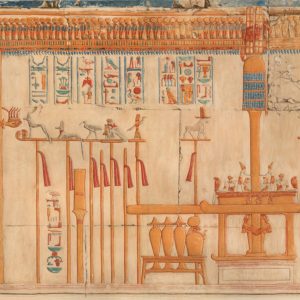Tour Egypt Club offeres the guarantee that you will experience only the best Egypt vacations for you and your family. The most historical places of the ancient world in Egypt, Jordan & Jerusalem, we got you covered! We offer an excellent collection of high-quality and carefully selected Day Tours, Nile River Cruises, City Tours, and Egypt Travel Packages that fit any travel budget. Take the unique opportunity and experience Ancient Egypt with us!
Ancient Egypt awaits you in 2024, create a lasting memory, and book your trip with Travel experts.
